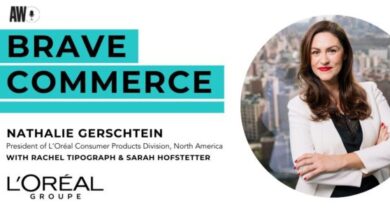
In order to truly future-proof the digital advertising ecosystem, it is essential that these disparate efforts are unified under a common vision and framework, one that’s an aggregation of all identity solutions in market to provide advertisers both reach and addressability.
Picture a pyramid, for example. At the top, you have the most granular, deterministic data available, lacking scalability. At the bottom, you have solutions that offer scale but limited accuracy, particularly when it comes to reaching specific voters. The ideal future state involves merging these disparate solutions into one unified and interoperable identifier.
The good news is that some technology shops are collaborating and creating interoperable solutions rapidly and with the election in mind. These synergistic solutions offer accuracy, scale and long-term sustainability for all advertising partners.
Collaborative work is being done to stitch together disparate graphs and match up various identifiers while continuing to deliver contextual targeting opportunities. This allows advertisers to reach key audiences and publishers to monetize their content without disruption, inside and outside the election year.
As the industry adopts a more end-to-end, demand-and-supply model, interoperable identity solutions can and will benefit everyone—but this can only be achieved if we work in tandem.
Rather than battling it out to create the strongest singular cookieless fix, we should be combining our efforts and playing together in the metaphorical sandbox (not to be confused with the Privacy Sandbox), supporting each other’s products and plans—be they identity- or contextual-based—and collectively delivering reliable solutions to our partners across the ecosystem.
In practice, this looks like an agnostic identity option where advertisers can choose the solution that works best for them. In politics, access to addressable audiences is a necessity to mitigate waste, which is why any platform(s) able to leverage as many ID solutions as possible is the right, requisite, choice.
Failure to collaborate will only lead to fragmentation and inefficiency, ultimately jeopardizing our ability to deliver the high-quality, personalized ad experiences consumers crave.
As the digital advertising landscape transitions away from third-party cookies and ramps up its political focus and spend, cooperation among ad-tech players is not just an option, it’s an imperative. By working together, the industry can ensure a smooth transition to a cookieless future—one that protects and benefits advertisers, publishers and end users alike.
The time for silos is over; the time for collaboration is now.
Source link





